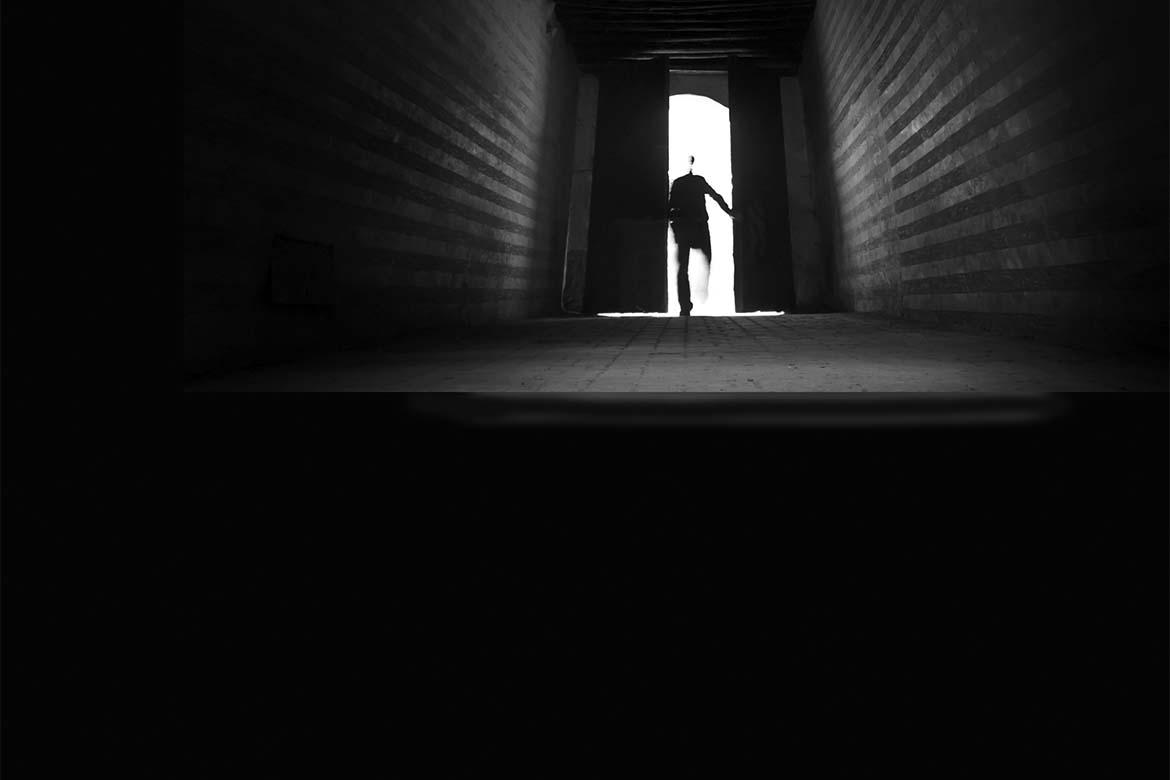Being seen to be safe
The scale and public prominence of recent cyber attacks has created a shift in focus from protecting physical assets to digital resources and the new online methods of intrusion, but with the UK still on a severe terror threat, continual improvement in counter-terror security should be reviewed and implemented across the board.
It is estimated that 60% of SMEs only have locks and security lights as a deterrent, whilst 36% have no visitor security in place. These statistics, although based on research with SMEs, fundamentally sum up the existing problem in security specification across commercial office developments.
Quite rightly, there is renewed investment in cyber security and the focus for counter-terror measures continues to be on visible physical security, quite often at the main entrance and exit points of a building.
Counter terrorism
Counter-terror is also an issue once inside a building, whether that’s regulating visitor access or creating restricted access zones. This is the physical element of security that is often unseen, and as a result can be forgotten.
The debate around creating a ‘fortress’ approach to security continues, especially with the ever-present issue of terrorism and the need, in some cases, for public reassurance. As well as creating a cultural statement, the highly visual representation of security is often easier to consider and design in at the perimeters of a building. It becomes a far more intricate balancing act between the seen and unseen when considering internal security, such as access control.
Visible security deterrants
A custodial building or high profile residency is expected to have a high level of visible security deterrents as one of the many measures to its counter-terror programme. Buildings, however, where essentially people have to work, rest and live, such as office buildings, healthcare or hospitality facilities, will still be susceptible to a terror threat. They will also have to balance the need for people to flow around the building and not feel intimidated by the level of security present.
The RIBA paper ‘RIBA guidance on designing for counter-terrorism’ advises that businesses should ‘incorporate counter-terror measures into their buildings and public spaces whilst maintaining the quality of the place’. This clearly places the emphasis on a building being safe in proportion to the level of the threat, but with the original intent of the Design firmly at the heart of it.
Access control
Whilst counter-terror measures often refer to ballistic-proof exteriors and perimeter deterrents, considering the flow and access in a building is equally important but needs more careful consideration in the subtley of its application.
Access control systems are an important part of counter-terror design and support RIBA’s message of ‘design in security features from the outset’; this way they fit the overall architecture of a building but also its purpose and the needs of the building users.
Access control systems not only help to regulate visitors in and out of a building, as well as regular users, but can also be integrated into other security systems to create a holistic security approach.
Security culture
The implementation of any counter-terror measure should be supported by a security culture. As the RIBA report suggests, a security concept is ‘physical, technical and procedural’, meaning an access control system or complete secure doorset is only as effective as the knowledge and culture built around it. This is why considering security systems at the building design phase is crucial, so it can capture not only the security needs of the building but the ethos and culture of the design and the people using it.
For example, the culture of a custodial or critical government building will be far more attuned with visible and prominent security and checking systems, and therefore doorsets and specifications can be designed around this. Conversely, in a more commercial and aesthetically pleasing development, the security needs to be present but not obvious. It needs to protect the valuable assets and offer integrated audit solutions for building owners and managers, but it also needs to be sensitive in its implementation and not affect the overall design aesthetics and philosophy of the building. Safeguard doorsets offer advanced protection in discreet designs that will fit in with commercial environments.
It is important to secure all aspects of a building when designing to counter terror. In most cases there will be balance between cyber, visible physical deterrents and ‘invisible’ integrated solutions, which will be proportionate to the level of threat and also the purpose and design intent of the building. Working with manufacturers who take a holistic view of a building and its users will help to achieve the combination of security elements needed to counter terror, while encouraging the flow around and efficient use of the building.
Gareth Ellams
Managing Director, ASSA ABLOY Access Control, a UK division of ASSA ABLOY


